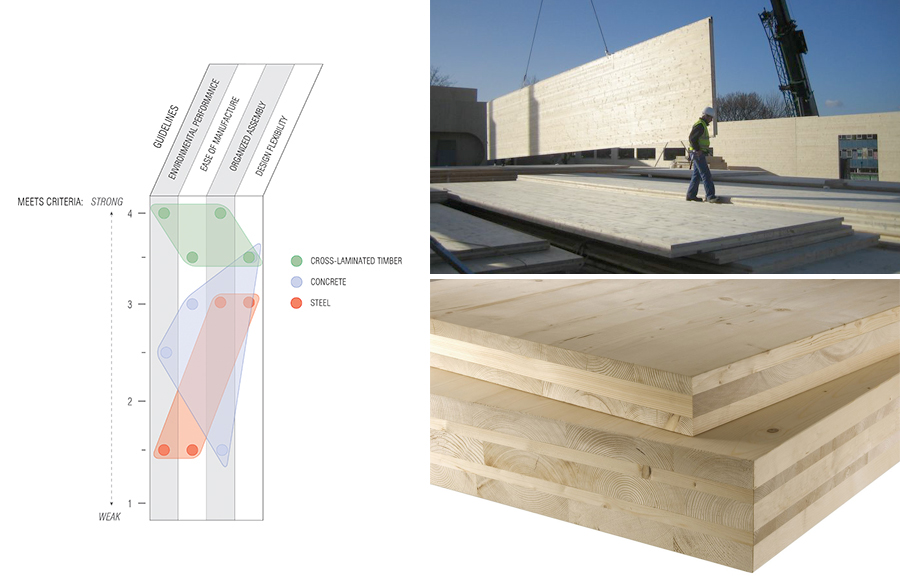
Photos from KLH UK (top right) and Ecobuild (bottom right).
ABSTRACT by Henry Murdock
Our built environment is constantly adapting to changing factors: technology, the state of the economy, material resource availability, and, in turn, environmental conditions. The latter has gained notable importance in popular discourse, and especially in the architecture and construction professions. However, as much as we see terms such as “sustainability” and “green” in our everyday lives, government and industry are slow to take action investing in our future environment. Material resources in the building industry are worth investigating.
Timber, used as a structural material to compete with concrete and steel, brings more energy efficient and natural renewable resources to our growing cities. In order to provide a broader perspective of how we as a society use concrete, steel, and timber, I will compare the three building materials in a four part guideline: Environmental Performance, Ease of Manufacture, Organized Assembly, and Design Flexibility. Each section provides insight into how we shape these three materials. I argue, based on the rating evaluation, for the benefits, using cross-laminated timber in cities like Toronto.
Supervisor:
Donal McKay, University of Waterloo
Committee members:
John McMinn, University of Waterloo
Maya Przybylski, University of Waterloo
External reader:
David Dennis, DTAH
The defence examination will take place: Monday, July 28, 2014 9:30 AM Main Lecture Theatre
I am a graduate student at the University of Waterloo School of Architecture, currently completing my MArch thesis on the design and collective memory of Indian residential schools in Canada.



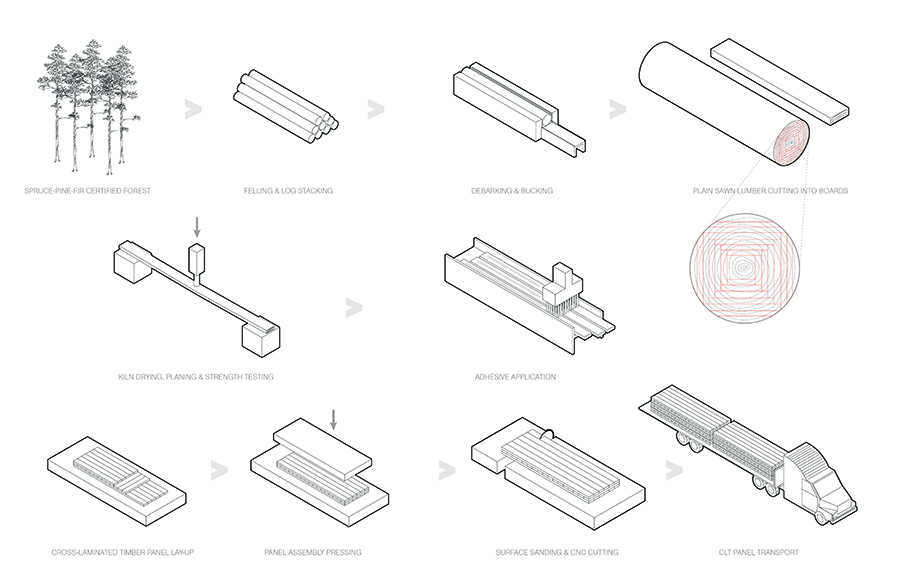
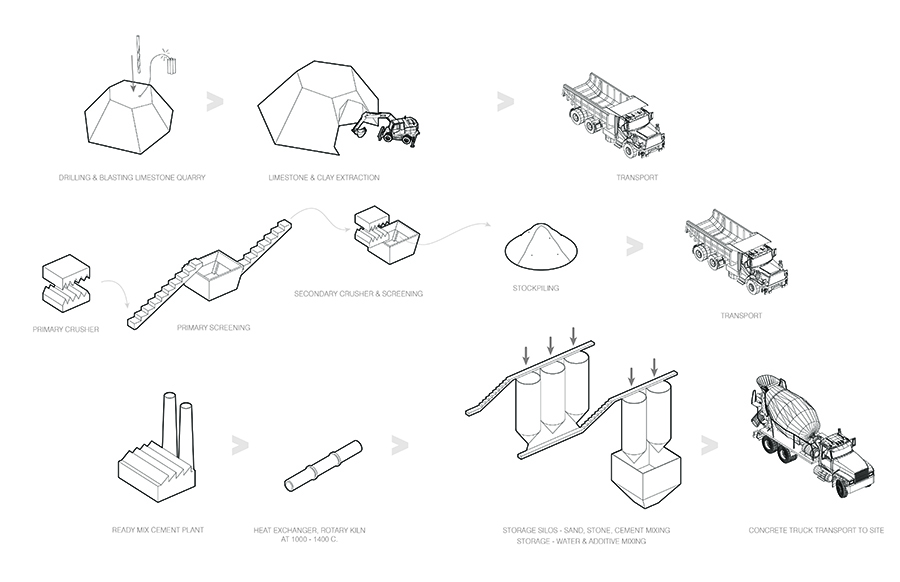
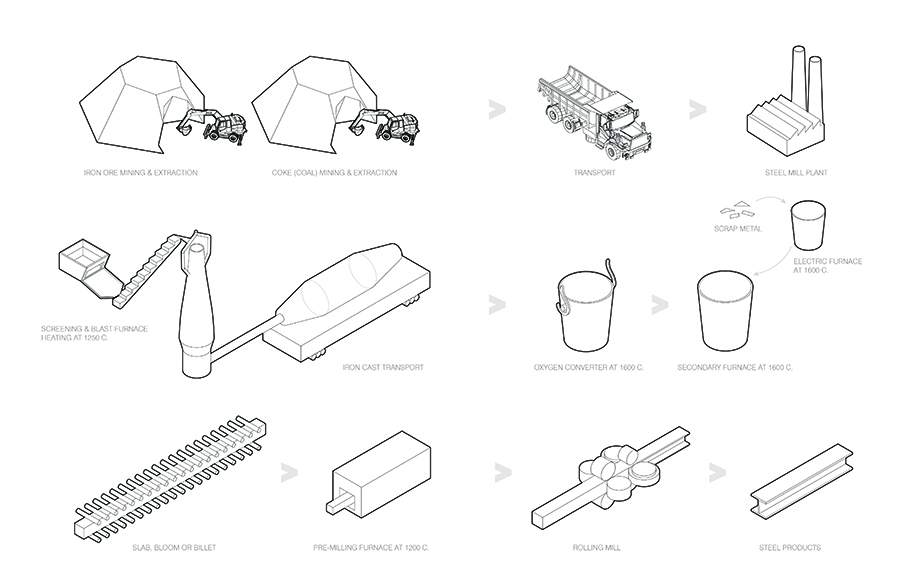
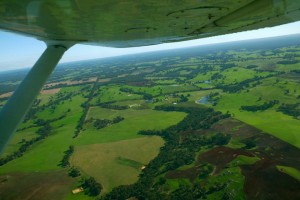
Leave a Reply